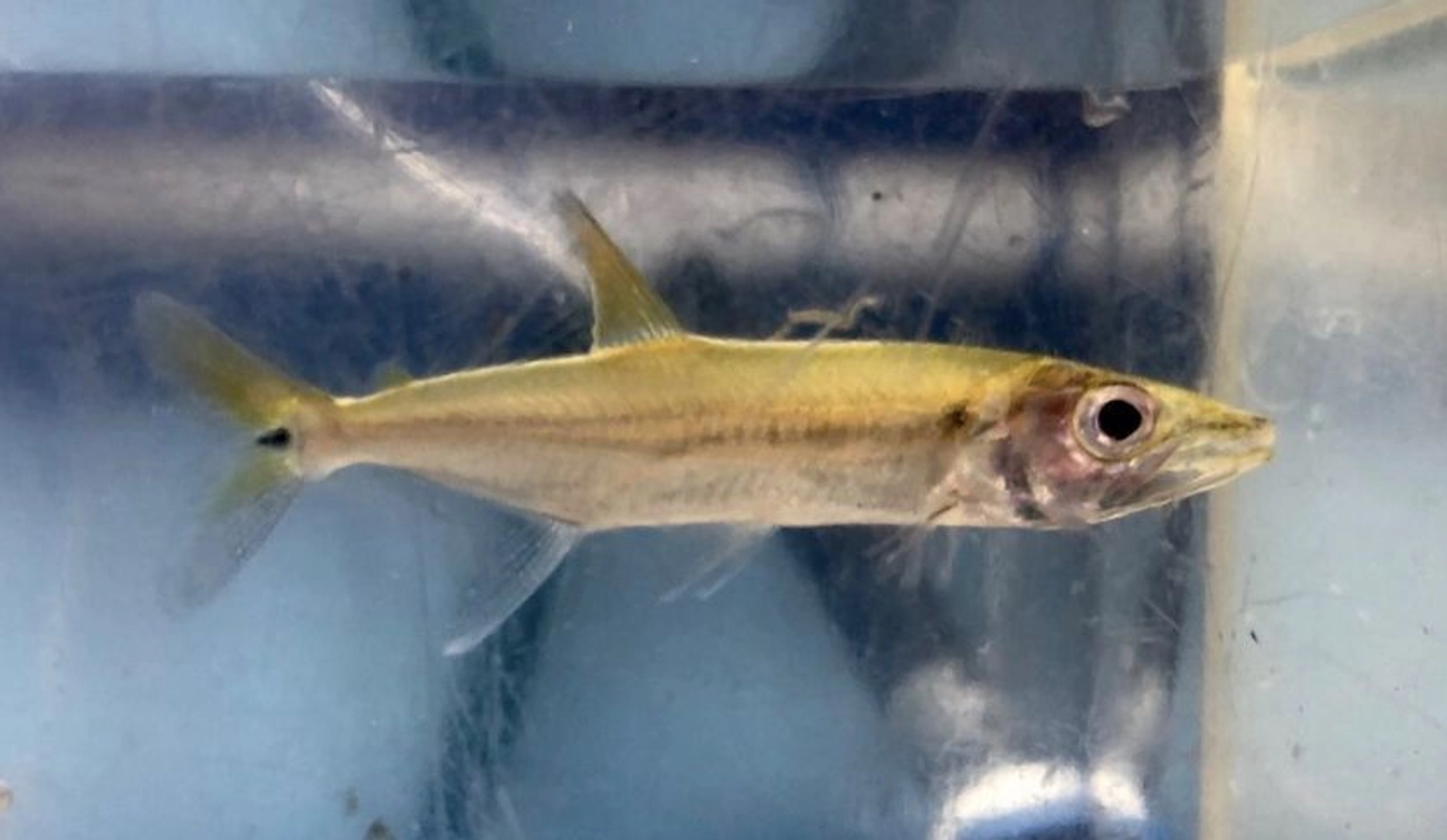

Product Details

Size
10cm - 10.16cm

Temperament
Aggressive
"Add a touch of predatory elegance to your aquarium with the 4-inch Barracuda! These striking fish are known for their sleek appearance and dynamic behavior."
Detailed Description:
Overview: The Barracuda (Acestrorhynchus spp.) is a striking predatory fish that brings a sense of excitement and sophistication to any freshwater aquarium. With their sleek, streamlined bodies and powerful presence, these fish are a favorite among aquarists who appreciate dynamic and active tank inhabitants. Originally found in the rivers and lakes of South America, the Barracuda is a fascinating species that requires specific care to thrive in a home aquarium setting.
Appearance:
- Coloration: Barracudas typically display a silver or grayish hue, with some species exhibiting darker vertical stripes along their bodies. Their coloration helps them blend into their natural riverine habitats.
- Body Shape: They have a long, slender, and streamlined body built for speed and agility, with a sharp, pointed snout and large, powerful jaws.
- Size: At 4 inches, these juvenile Barracudas are still growing and can eventually reach sizes of up to 12 inches (30 cm) or more, depending on the species.
Water Conditions: To ensure the health and vibrancy of Barracudas, maintain the following water conditions:
- Temperature: 75-82°F (24-28°C).
- pH Range: 6.0-7.5.
- Water Hardness: 2-15 dGH.
- Tank Size: A minimum of 50 gallons is recommended for juvenile Barracudas, with larger tanks required as they grow to accommodate their active swimming and predatory nature.
Tank Setup: Creating an ideal habitat for your Barracuda involves several considerations:
- Substrate: Use a sandy or fine gravel substrate to mimic their natural riverbed environment.
- Decor: Include driftwood, rocks, and sturdy plants to provide hiding spots and create a naturalistic setting. Ensure open swimming spaces as Barracudas are active swimmers.
- Filtration: A strong filtration system is essential to maintain clean water, as these fish produce a significant amount of waste. Ensure moderate to strong water flow to mimic their natural habitat.
- Lighting: Moderate lighting is sufficient. Avoid overly bright lights as they can stress the fish.
Tank Mates: Barracudas are predatory and can be aggressive, so choose tank mates carefully:
- Compatible Species: Larger, robust fish that can coexist with their predatory nature, such as Cichlids, larger Catfish, and other similarly sized predatory fish.
- Incompatible Species: Avoid small, slow-moving fish that can be seen as prey. Delicate or peaceful species are not suitable as they can become targets of aggression.
Feeding Habit: Barracudas are carnivorous and have specific dietary needs. Provide a varied diet to keep them healthy and vibrant:
- Staple Diet: High-quality carnivore pellets or sticks.
- Supplements: Offer live or frozen foods such as fish, shrimp, and insects to replicate their natural diet and provide necessary protein.
- Feeding Frequency: Feed them once or twice daily, ensuring they consume the food quickly to avoid water contamination. Monitor feeding to prevent overfeeding and maintain water quality.
Care and Maintenance: Regular care and maintenance are crucial for the well-being of your Barracuda:
- Water Changes: Perform weekly water changes of 20-30% to maintain optimal water conditions and reduce waste buildup.
- Health Monitoring: Watch for signs of common fish diseases such as ich, fungal infections, and parasitic infestations. Early detection and treatment are vital.
- Behavioral Observation: Observe their behavior regularly. Healthy Barracudas are active, alert, and responsive to their environment.
Breeding: Breeding Barracudas in captivity can be challenging and is rarely achieved due to their specific requirements and aggressive nature:
- Pair Selection: Ensure you have a compatible pair, although distinguishing males from females can be difficult.
- Spawning Environment: Provide a large, well-structured breeding tank with optimal water conditions and plenty of hiding spots.
- Fry Care: If breeding is successful, the fry will need separate care and a diet of small live foods. Juveniles are particularly sensitive to water conditions and require diligent care.
Barracuda 4”
Product Options
Regular
Delivery
 AngelHub Aquatics Boon Keng
AngelHub Aquatics Boon Keng Aquarium Fishes, Tanks & Supplies From AngelHub Aquatics Boon Keng


 SG
SG



